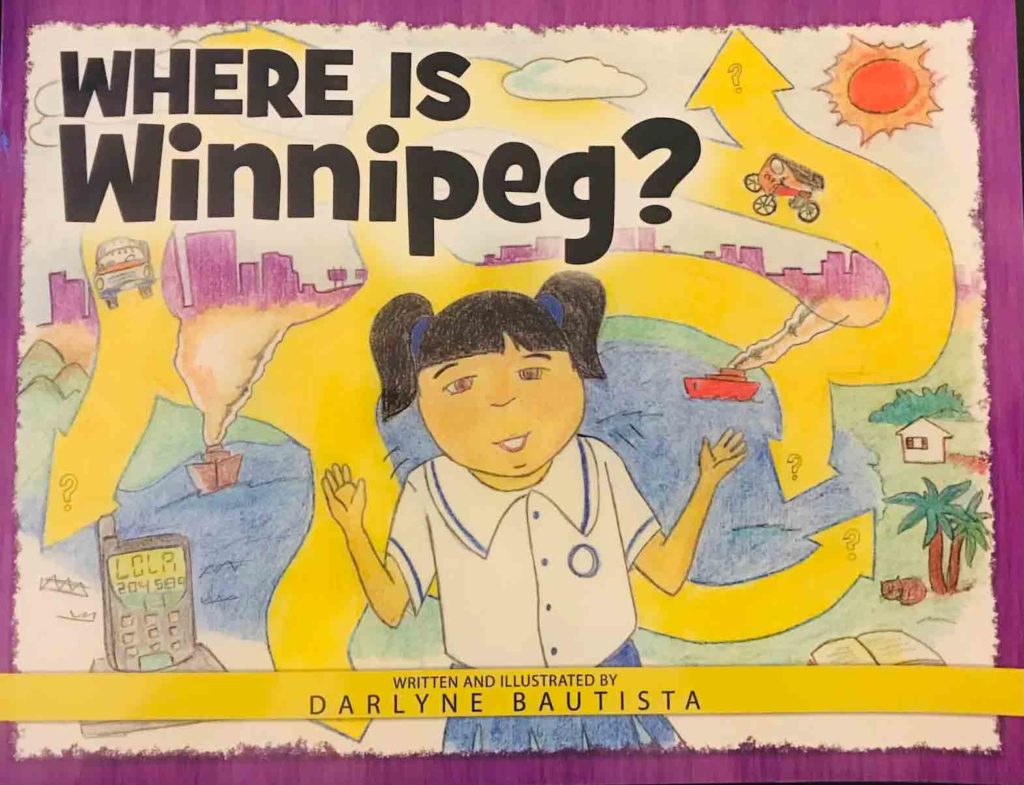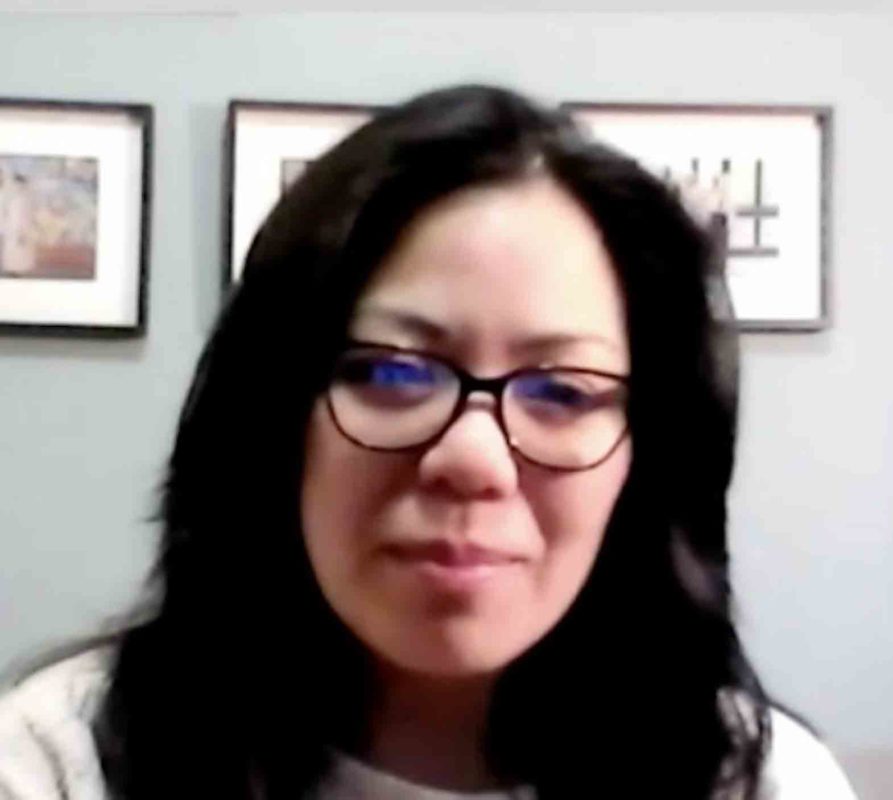Book for Filipino immigrant kids to be used by Winnipeg schools

Where is Winnipeg? aims to help in the integration of newcomers. PCN
The Winnipeg School District has included a book written by a Filipino Canadian author in its new bilingual Filipino school program.
Author Darlyne Bautista, also a former school trustee, said she is very happy that her book will be part of the lessons to be taught under the first Filipino bilingual program
“I’m very proud of the first Filipino bilingual program. Where is Winnipeg? is actually part of the curriculum there,” she told City News Winnipeg in an interview.

Author Darlyne Bautista. PCN
She said the book was a way to express her identity as a daughter of immigrant parents.
“The children’s book became my childhood voice even though I wasn’t an immigrant. You are always made to feel you are different,” she said of the reason why she wrote the book.
Where is Winnipeg? is a heart-warming tale that will give kids a sense of what it may mean to move from the Philippines to Canada, a summary of the book reads.
It follows a little Filipina girl as she investigates around town where her family is immigrating. The answers she finds are surprising.
One of the answers is, “Winnipeg is where it is cold. It’s like living in a refrigerator.”
Bautista was born in the North End of Winnipeg to parents who immigrated from the Philippines in the 1970s.
She is a writer and community activist and a co-founder of the organization Aksyon Ng Ating Kabataan (ANAK).
Bautista earned a BAh from the University of Winnipeg, majoring in History and International Development Studies, an MA from the University of Wisconsin-Madison in South East Asian Studies, and a PhD candidate at the Women & Gender Studies Institute, University of Toronto.
She said she sees a lack of resources for Filipino children and she hopes the book can make children of all backgrounds feel “less alone.”
According to Statistics Canada, Filipinos ranked third in the immigrant group with the highest growth in population from 2016 to 2021 (+177,000), following South Asians (+647,000 ), Blacks (+349,000).
According to the most recent population projections, the racialized population could continue to increase. In 2041, the South Asian group could top 5 million people, the Chinese and Black populations could each exceed 3 million, and the Filipino population could go over 2 million.
Bautista said it is the responsibility of the parents and the family to expose the second generation of Filipinos to their identity whether through a book, an event or food.
“I think just the basic that they are seen, that they are valued, that they are loved. Whatever you identify you have to fill your child’s toolbox with the right tools to navigate their own identity,” she said in an Omni News interview.

